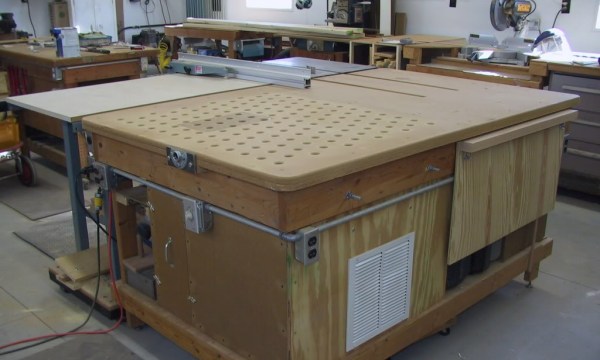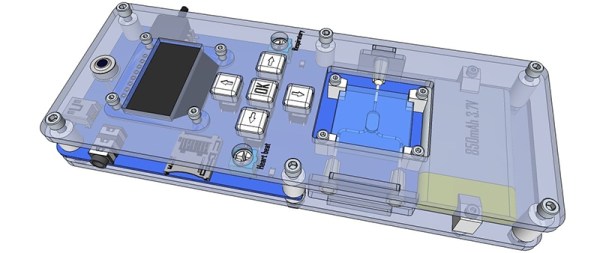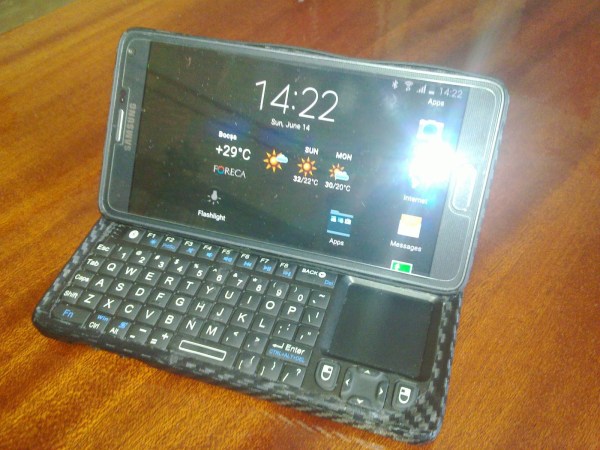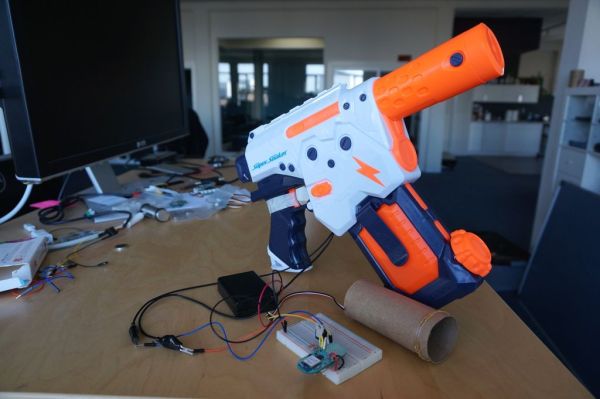No one noticed the two men in the alley as the darkness of midnight approached – their long, black trench coats acting like a soldier’s camouflage.
“You got the goods?”
“Yeah, these are hot man…super fast..check this…”
The bark of a police siren broke their whispered conversation like a shattering glass, causing the two men to briefly freeze in their steps.
“Johnny B. got busted last week…did you hear?”
“No way man! What he get busted for?”
“Drone racing man…drone racing.”
Deep within the shadows of abandoned warehouses and dilapidated factories on the outskirts of Australian suburbia, the telltale buzz of numerous drones can be heard. Zipping to and fro at speeds upwards of 60km/h, these drones are not just flying. They’re racing each other. The operators use specialized FPV goggles that allow them to see the raceway in real time. This method, unfortunately, puts them on the wrong side of the law.
The dated laws governing drones in Australia are similar to those in the US, which were written for the radio controlled plane industry. While they technically forbid any flying outside of line-of-site, the Australian Civil Aviation Authority seems to be OK with the drone racing so long as it’s done indoors and poses no risk to people or property.
Know of any drone racing in your country? Is it legal? Do people do it anyway? Let us know in the comments.






















